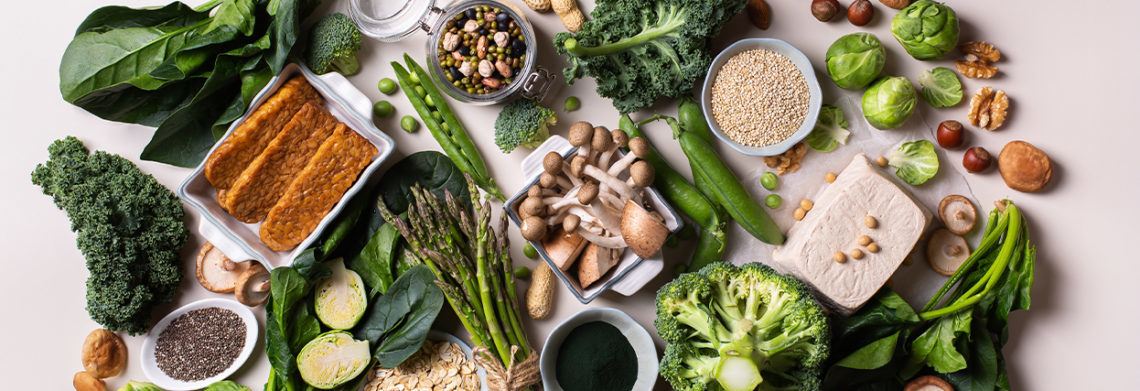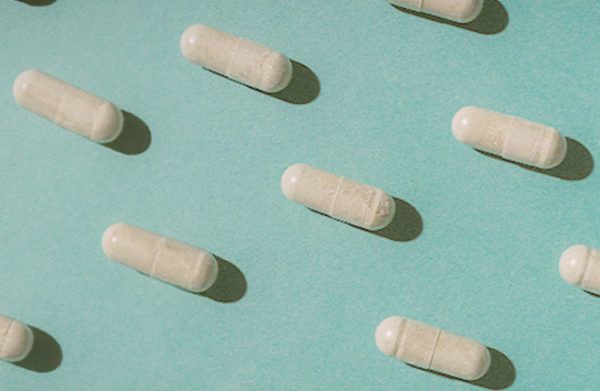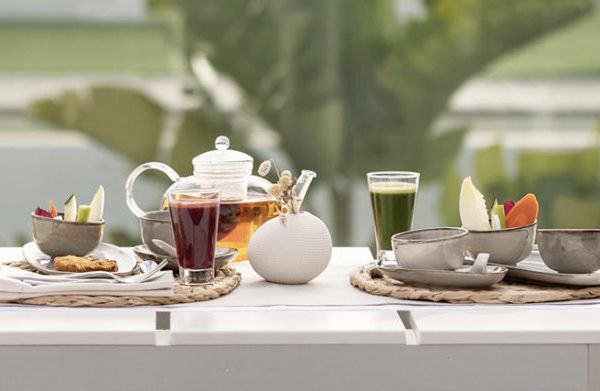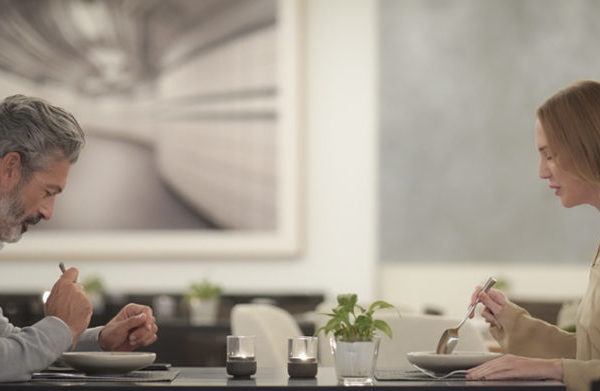
SHA Magazine Healthy Nutrition
Hara Hachi Bu: The method practised by the longest-lived people
You have to be vigilant to do it right. The Hara Hachi Bu method, practised by the centenarian inhabitants of the Japanese island of Okinawa, one of the world’s five blue zones, consists in not filling one’s stomach completely. Stop eating when 80% full. This means practising mindful eating and not being distracted by phones and televisions while eating.
Dr. Vicente Mera, head of the Well-ageing Unit at SHA Wellness Clinic, practices it after spending several seasons on the Japanese island and tells us about it in his book Joven a cualquier edad (Young at any age). The ultimate method for a long, healthy and happy life.
The 80% full stomach formula is attributed to a Confucian teaching which, when put into practice, translates into a self-imposed calorie restriction in the daily diet. ‘Hara Hachi Bu’, means ‘Don’t put in the belly’ – Hara – ‘more than 80% of what you would want to eat’ – Hachi Bu.
It is about eating slowly, with full awareness and without superfluous distractions, in order to be attentive to the satiety signals sent by the brain. Studies have shown that it takes 15-20 minutes for the brain to realise that the stomach has reached its maximum capacity.
Time and again, scientists and researchers have found that one of the biggest problems with the Western diet is overeating. According to a study by the Pew Research Centre, Americans consume far more calories each day than recommended (the US Department of Health and Human Services estimates ranges between 1,600 and 2,400 calories per day for women, and between 2,000 and 3,000 calories per day for men). In 2017, the average American consumed more than 3,600 calories per day, which is a 24% increase over their caloric intake in 1961 when the average was only 2,880 calories.
Dr. Brian Wansink, author of Mindless Eating, spends much of his time researching eating habits around the world. “There is a big difference in calories between the moment when an American thinks: I’m full’, and the moment an Okinawan says: I’m not hungry anymore,'” he explained at a CNBC interview.
Elderly Okinawans adopt a plant-based diet, and their meals consist mostly of sautéed string beans, spinach, mustard greens, sweet potatoes and tofu, all of which are rich in nutrients. Although they also eat pork, fish and other meats, they are usually a small component of their total consumption.
Dr. Mera believes that it is not so much the type of diet, since there are thousands of diets, but the quantity and the way food is distributed throughout the day. “Patients ask me how to restrict their food intake… I went to Japan to find out and the answer is two words: miso soup. A dish with a high level of satiety”. Miso soup is the way all SHA Wellness Clinic guests start their day and is part of the life-transforming experience of their stay at the wellness centre.
In addition to the 80% formula, here are some other golden rules of eating on Okinawa Island:
- They do everything in moderation. So they don’t obsess about calorie intake or weight loss. While eating, they practice mindfulness and listen to the body’s signals.
- They eat slowly. Slowing down is key for the body to identify the satiety signals sent by the brain.
- They focus on food. Turning off the TV and moving all electronic devices away from the table is key. Distractions must be avoided.
- They eat on small plates. Choose smaller plates and use tall, narrow glasses. You are likely to start eating a lot less without even





